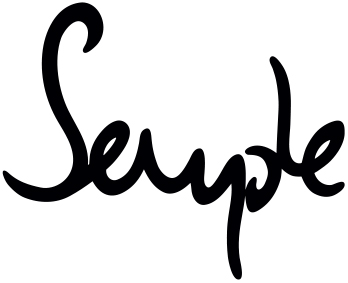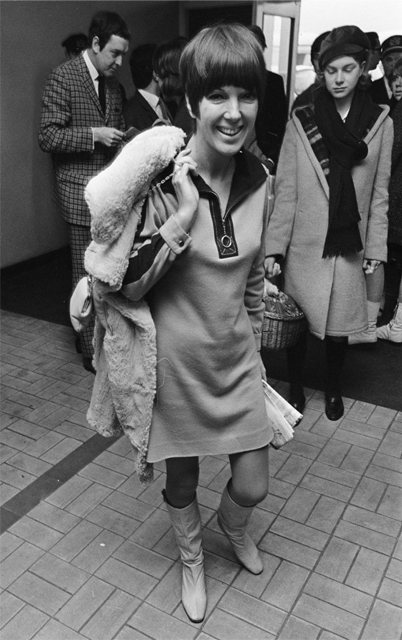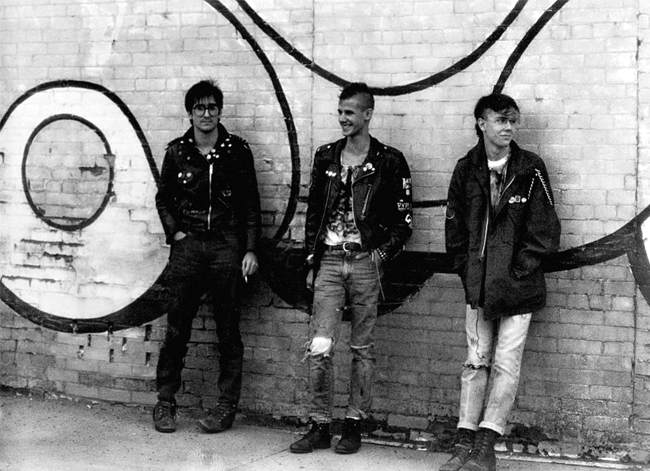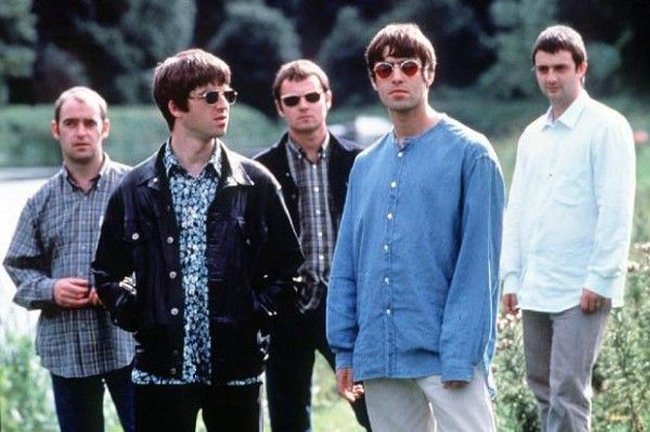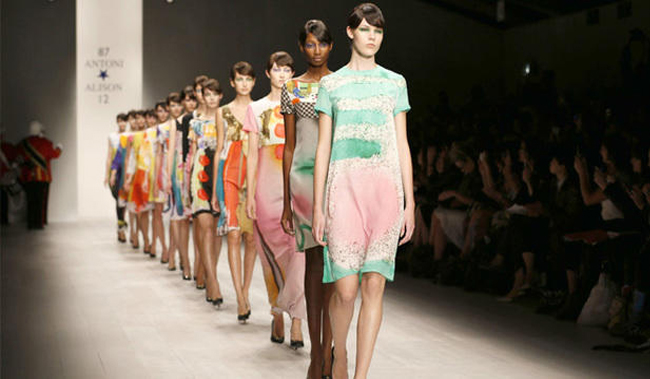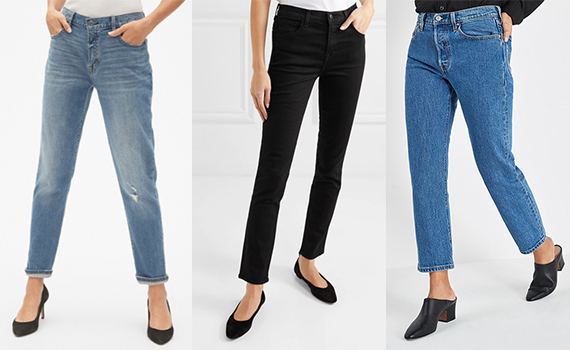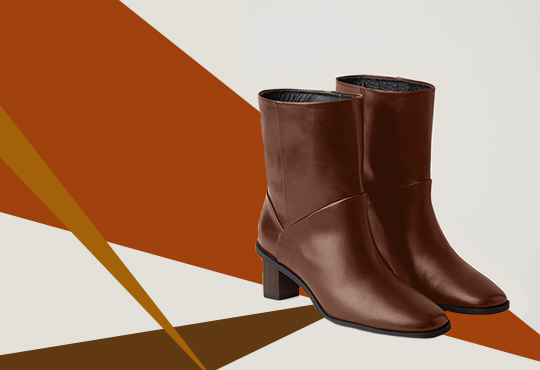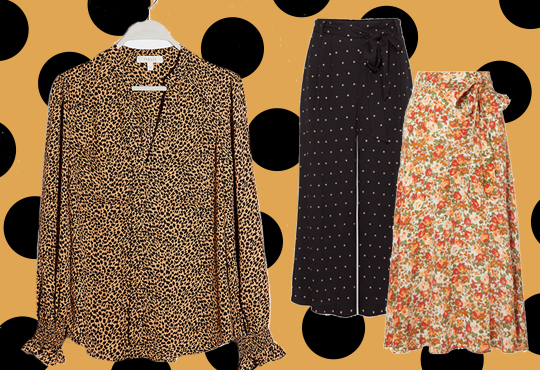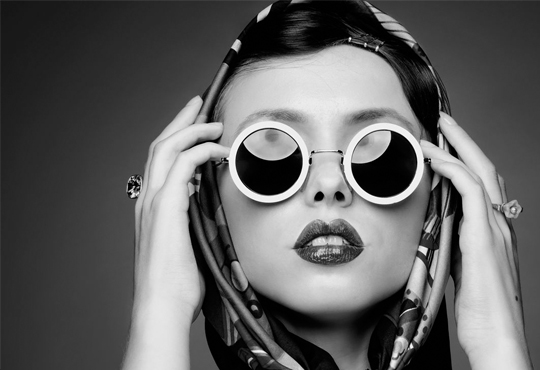
Being one of the major fashion capitals of the world, London is known for Oxford Street’s bustling stores and quirky boutiques of Portobello Road. From the eccentric fashionistas in Shoreditch and Camden to the high-fashion representatives of Bond Street, London is famous for starting trends and showcasing some of the world’s best designers. So, which styles saw London become the trend setter in history? And which styles stayed with us over time?
The 60s
The 1960s were an iconic time in fashion, where women ditched the flouncy, long skirts of the 50s and embraced the mini; experimenting with brighter colours and different fabrics along the way. The mini-skirt, created by Mary Quant, soon became an inspiration all around the world. The hourglass figure emphasised by heavy corsets gave way to the more boyish silhouettes of the 60’s, where women embraced the slim shapes of models such as Twiggy and Jean Shrimpton and began to dress with simple, square shapes.
The women of today still appreciate the curvaceous body shape and we have seen corsets make a huge comeback in fashion with the help of Kim Kardashian. Contrastingly, Twiggy’s structured, fitting dresses and the 60s flared Bardot dresses are still very much in fashion and adorned by women across the country.
The 70s
British fashion in the 1970s saw the rise of punk, with Vivienne Westwood and Jean Paul Gaultier at the helm as the designers of the moment. From black leather jackets and skin heads to outrageous printed t-shirts, the punk look is still very much influential in Britain and has been brought back to many retailers.
The 80s
Differentially, the 1980s were an era of decadence; everything was accentuated, hair was big and shoulder pads were even bigger. Influenced by the electronic music trend at the time, British designers experimented with contrasting colours, innovative materials and futuristic shapes.
The 90s
The early 1990s began with the arrival of American grunge and slowly merged in to Britpop, seeing bands such as Oasis and Blur gain worldwide fame. British 90s fashion was defined by Doc Marten shoes, bucket hats and corduroy jackets. Today London sees fisher hats and Doc Martens back on trend with the young festival-goer generation.
The 00s
London will continue to remain a leader in fashion with iconic institutions such as the London College of Fashion attracting applicants from all over the globe. London Fashion Week is just one in a long line of our capitals incredible sartorial events, along with Graduate Fashion Week showcasing the work of over 1,000 fashion graduates. One thing is guaranteed and that is whatever the next trend may be, London will be the first to become a part of it.
